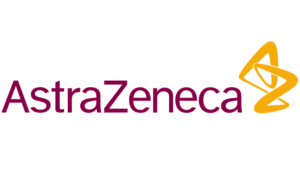 FDA’s Pulmonary-Allergy Drugs Advisory Committee (PADAC) voted 16 to 1 in favor of the albuterol/budesonide (PT027) from AstraZeneca (Nasdaq:AZN) to treat asthma in people at least 18 years old.
FDA’s Pulmonary-Allergy Drugs Advisory Committee (PADAC) voted 16 to 1 in favor of the albuterol/budesonide (PT027) from AstraZeneca (Nasdaq:AZN) to treat asthma in people at least 18 years old.
The voting proposition asked whether the data supported a favorable benefit-risk assessment for various age groups.
The advisory committee did not endorse albuterol/budesonide for patients 12 to 17 years old or those 4 to 11. For the former age group, nine members voted that the data do not support a favorable benefit-risk assessment. For 4- to 11-year-olds, 16 members voted against the measure, while one voted for it.
AstraZeneca is developing PT027 in collaboration with London-based Avillion.
In the U.S., the drug candidate would be a first-in-class, pressurized metered-dose inhaler (pMDI), fixed-dose combination rescue medication.
Albuterol, also known as salbutamol, was first discovered in 1966. Albuterol is a short-acting beta2-agonist (SABA).
Budesonide is an anti-inflammatory inhaled corticosteroid (ICS). An extended-release tablet-based version of the drug has won FDA approval for ulcerative colitis.
FDA accepted the New Drug Application (NDA) for PT027 in the first half of 2022.
The agency set a PDUFA date for the drug candidate in the first half of 2023.
“Millions of people with asthma rely on their albuterol rescue inhaler to alleviate acute symptoms, but this does not treat the underlying inflammation, leaving patients at risk of severe asthma exacerbations, regardless of their disease severity or level of control,” said Dr. Bradley E. Chipps, medical director of the Capital Allergy & Respiratory Disease Center in Sacramento, California. “If approved, PT027 could transform the current rescue treatment approach.”
AstraZeneca submitted data from the MANDALA, DENALI and TYREE Phase 3 studies as part of its FDA submission.
The New England Journal of Medicine published results from the MANDALA study in May 2022.
In that study, PT027 reduced the risk of a severe exacerbation relative to albuterol alone by 27% in asthma patients.